13 Common Mistakes to Avoid When Collecting Antique Glassware
There is something fascinating about old glassware that draws collectors in. It tells stories from the past, but it also demands care and awareness. Many buyers make simple mistakes that could easily be avoided with the right approach. If you are new to collecting or want to improve your skills, now is a good time to pause and reflect. Let us walk through what to watch out for so your collection grows with confidence.
This post may contain affiliate links, which helps keep this content free. Please read our disclosure for more info.
Buying Without Doing Any Research

Jumping into antique glassware collecting without learning the basics is a common error. Some collectors get drawn in by pretty colors or shapes and overlook the history or purpose of the piece. Without background knowledge, it becomes harder to spot fakes or recognize rare patterns. Research helps you make smart choices and avoid disappointment.
Books, museum catalogs, and trustworthy antique forums are good places to start. Study the different glass types, production years, and makers before you shop. Take time to compare markings and features. Learning a little before each purchase will save you time and money later.
Confusing Reproductions with Originals
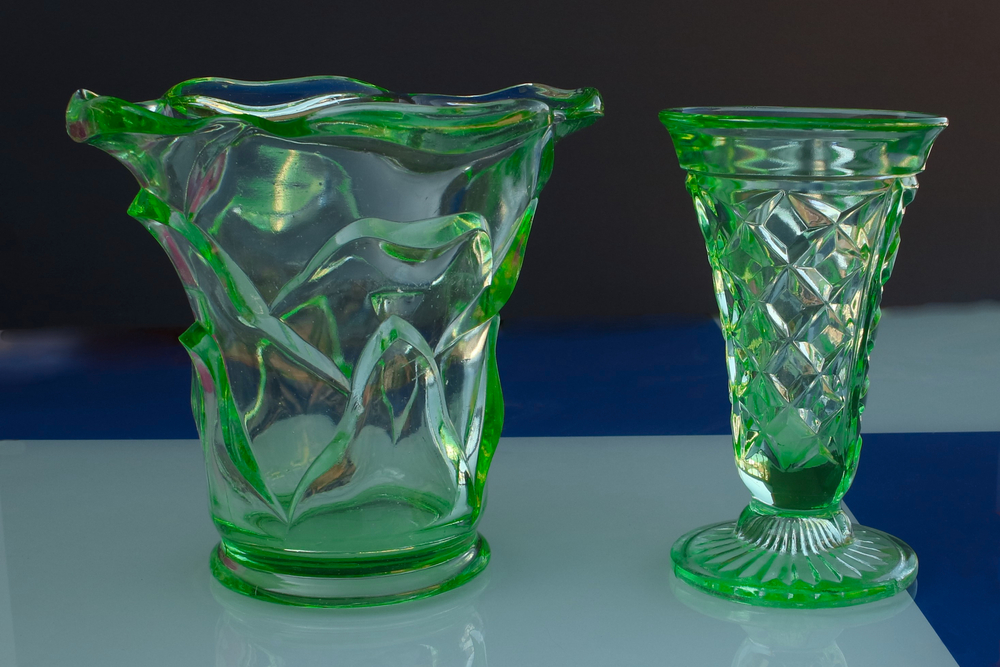
Some reproductions are made to look like authentic pieces and can fool even careful buyers. These items might have similar shapes or colors but lack the quality and craftsmanship of older glassware. Makers of reproductions rarely use the same materials or techniques. Spotting the difference takes a trained eye.
Pay attention to mold seams, thickness, and imperfections. Older glass often shows signs of wear, while newer pieces look too perfect. Always ask about age, and look for reliable sources when buying. It is better to walk away than to take a guess.
Ignoring Damage or Repairs
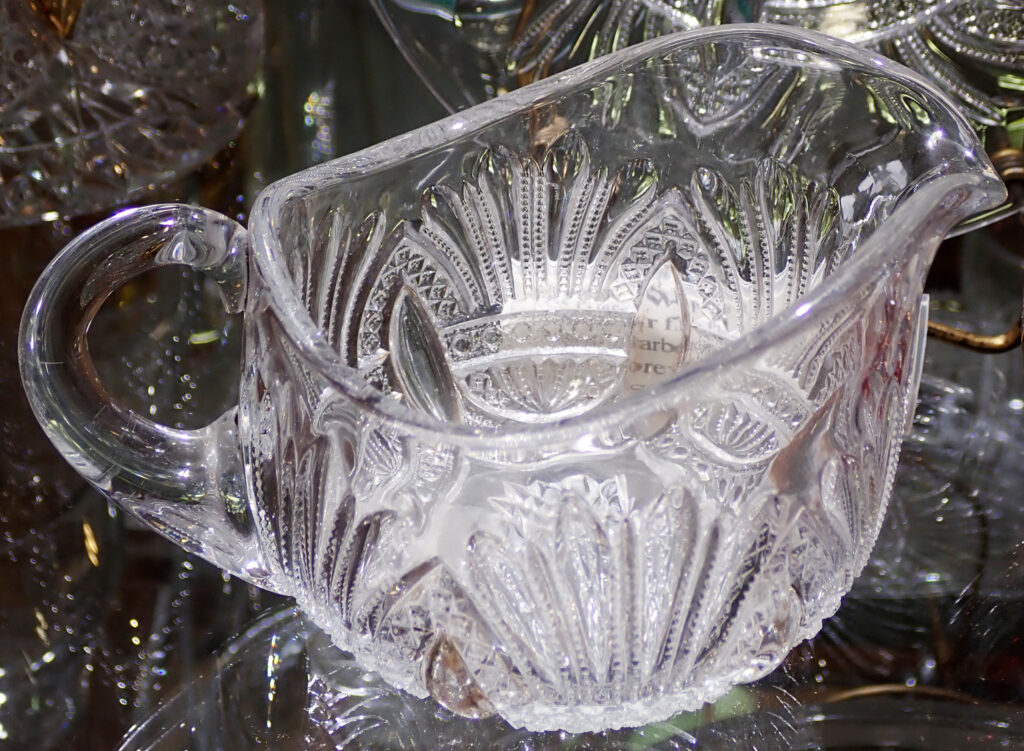
Cracks, chips, and glued repairs can greatly affect the value of a piece. Some collectors overlook small flaws, but they add up over time. Damage also weakens the structure and makes breakage more likely. Knowing how to check for repairs is important.
Hold the glass under strong light and look carefully for cloudiness or uneven texture. Tap gently and listen for dull sounds that may signal hidden cracks. Ask sellers to point out any flaws before you buy. A damaged piece may still be beautiful, but it should never be priced like a perfect one.
Overpaying at First Glance
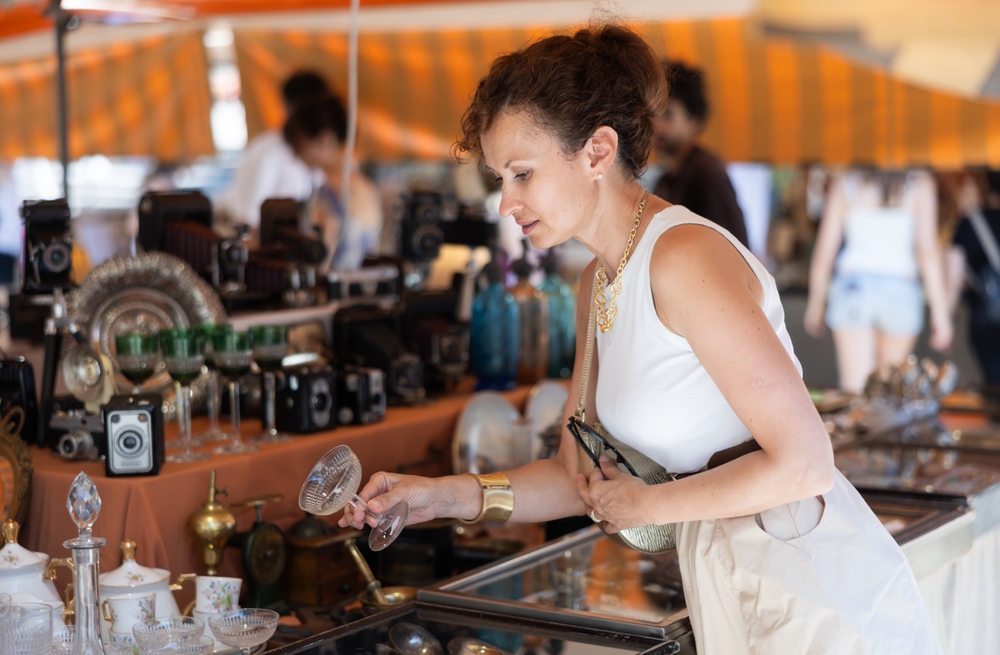
Price does not always reflect true value, especially in antique markets. A beautiful piece with a high price tag can seem tempting, but looks alone can mislead. Many sellers charge more for common items just because they are colorful or eye-catching. Collectors need to think beyond the display.
Compare similar items online or in price guides before making a decision. Ask questions about the piece’s history or maker. If the price feels too high, take a step back and revisit later. There is no rush when building a thoughtful collection.
Not Learning to Read Makers’ Marks
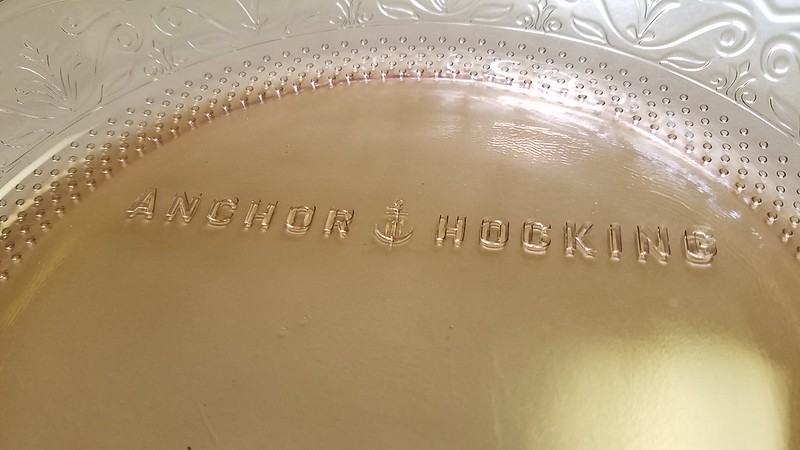
Makers’ marks provide useful information about where and when a piece was made. Skipping this detail can lead to confusion or overpaying for mass-produced glass. Some marks are faint or hidden, so they require close inspection. These clues help you identify origin and rarity.
Practice spotting different types of marks and symbols. Use reference books to match the mark with the correct maker. Not all valuable pieces have marks, but learning to recognize them builds confidence. Collectors who understand markings avoid many beginner mistakes.
Handling Pieces Without Care
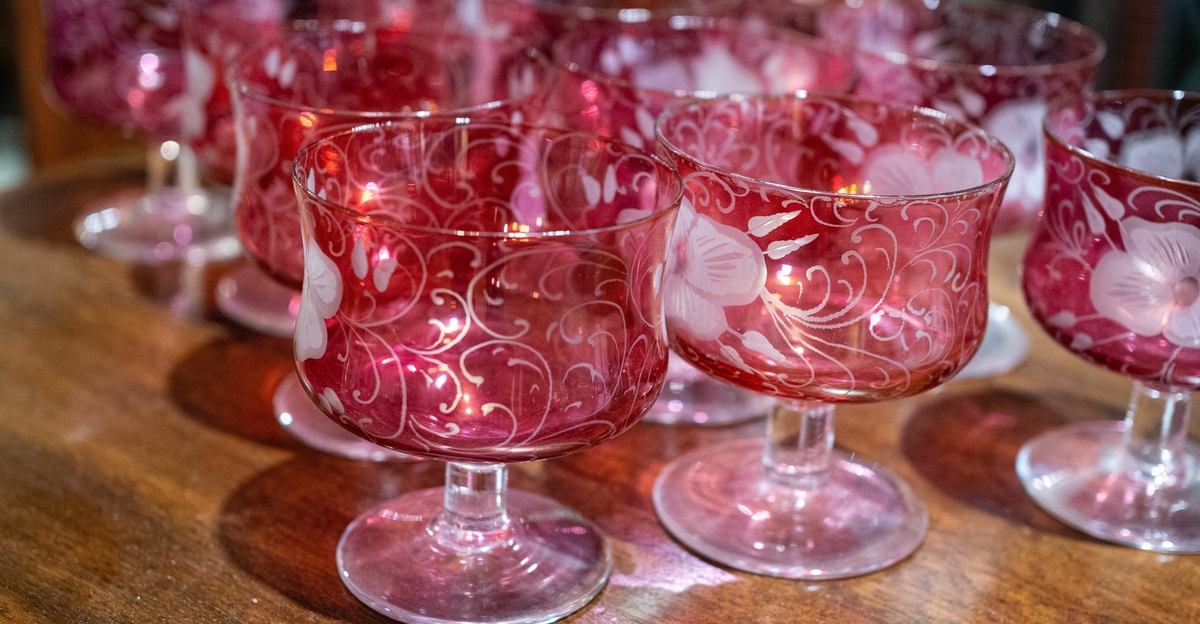
Antique glass can be fragile, especially if it has aged or been repaired. Careless handling is one of the fastest ways to cause damage. Holding a piece by the rim or placing it on hard surfaces without padding can lead to chips. Respect for the item means handling it gently every time.
Use both hands when picking up larger or heavier glassware. Keep the surface soft, like felt or cloth, when examining or displaying it. Never stack delicate pieces unless you know they were designed for it. Proper handling keeps your collection safe for years to come.
Storing Glassware Improperly
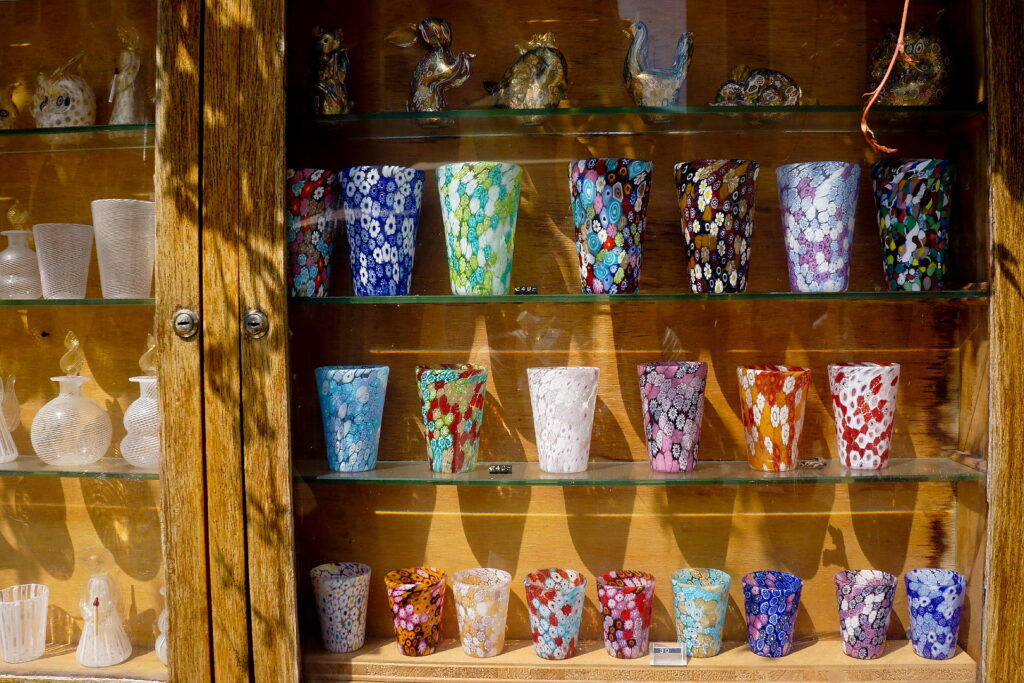
Many collectors make the mistake of displaying their glassware without considering safety. Placing items near windows, vents, or in high-traffic areas raises the chance of breakage. Sunlight can also fade certain colors over time. Glass needs a stable and protective spot.
Use padded shelving or cabinets with doors to shield items from dust and accidents. Keep pieces away from heat sources and direct light. Labeling shelves or creating dividers helps prevent scratches. A little planning can go a long way in preserving your glassware.
Assuming All Old Glass is Valuable
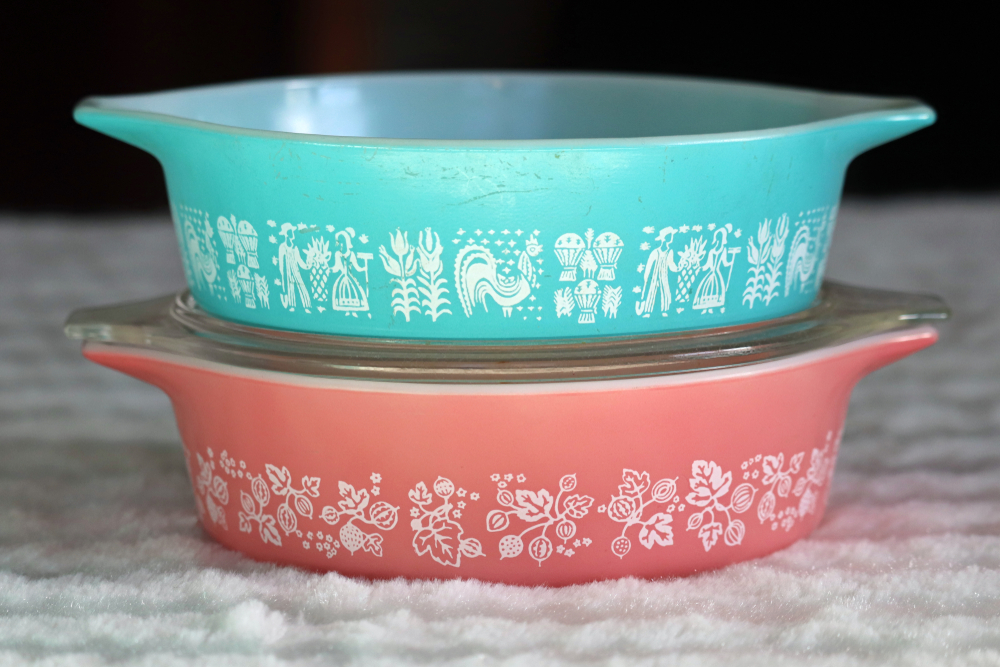
Age alone does not guarantee worth. Some glassware was made in large quantities and still shows up at yard sales and thrift shops. These pieces may be old, but they are not necessarily rare or important. Value comes from a mix of condition, maker, and history.
Learn what makes certain items more sought-after than others. Use guidebooks to compare similar pieces and their current value. Condition often matters more than age, especially when it comes to resale. A well-preserved piece from a lesser-known maker might still have more value than a chipped piece from a famous brand.
Forgetting to Check for Matching Sets
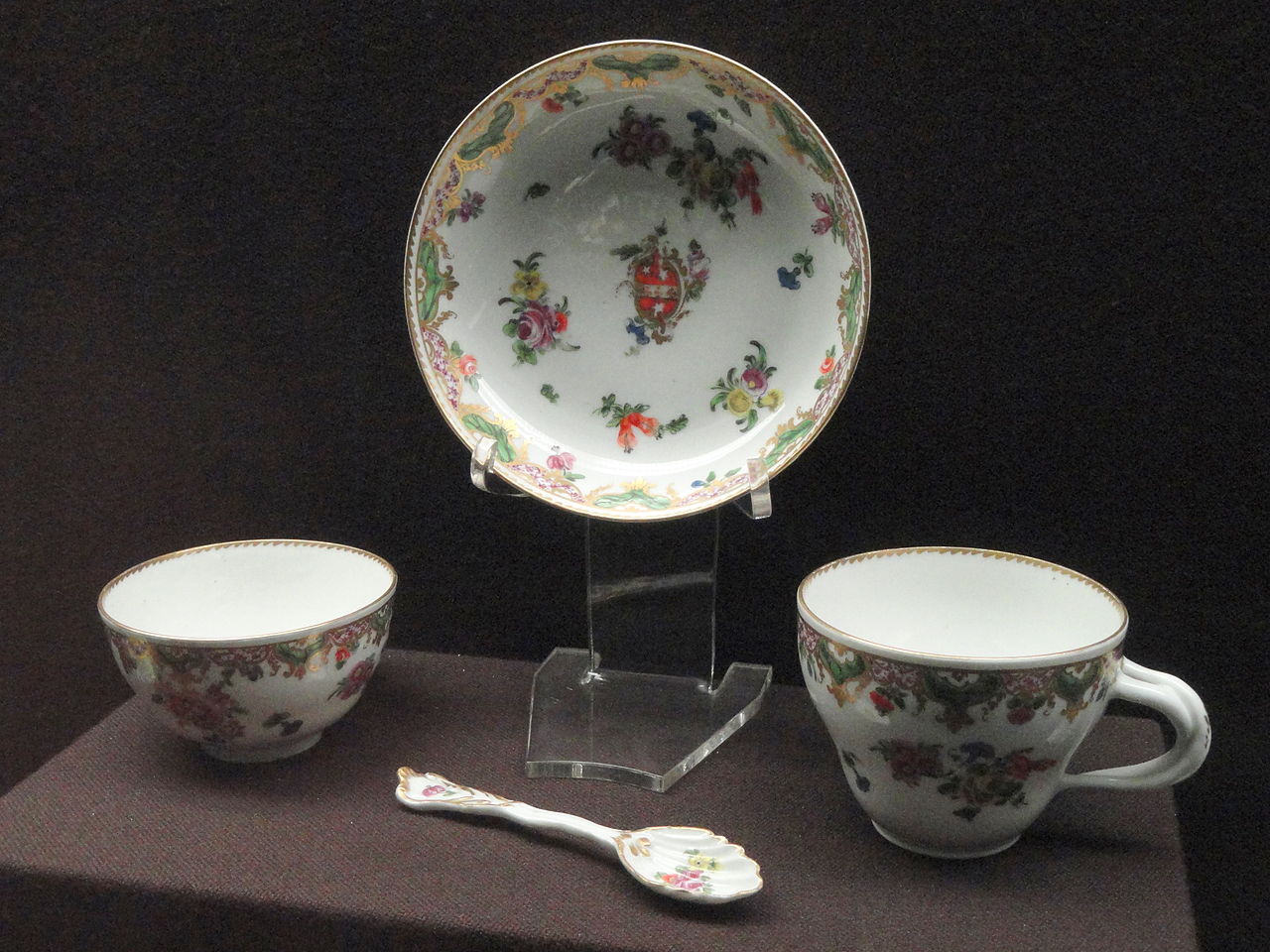
Some buyers focus on one item and forget that it may have once belonged to a set. Buying just one part can make it harder to complete the group later. Incomplete sets usually carry less value unless the piece is rare on its own. Collectors should always think ahead.
Before purchasing, check if the pattern or design was part of a full collection. Ask the seller if other matching pieces are available. Keep a photo of your existing set to compare when shopping. This habit helps build cohesive and balanced displays.
Misjudging Size or Scale
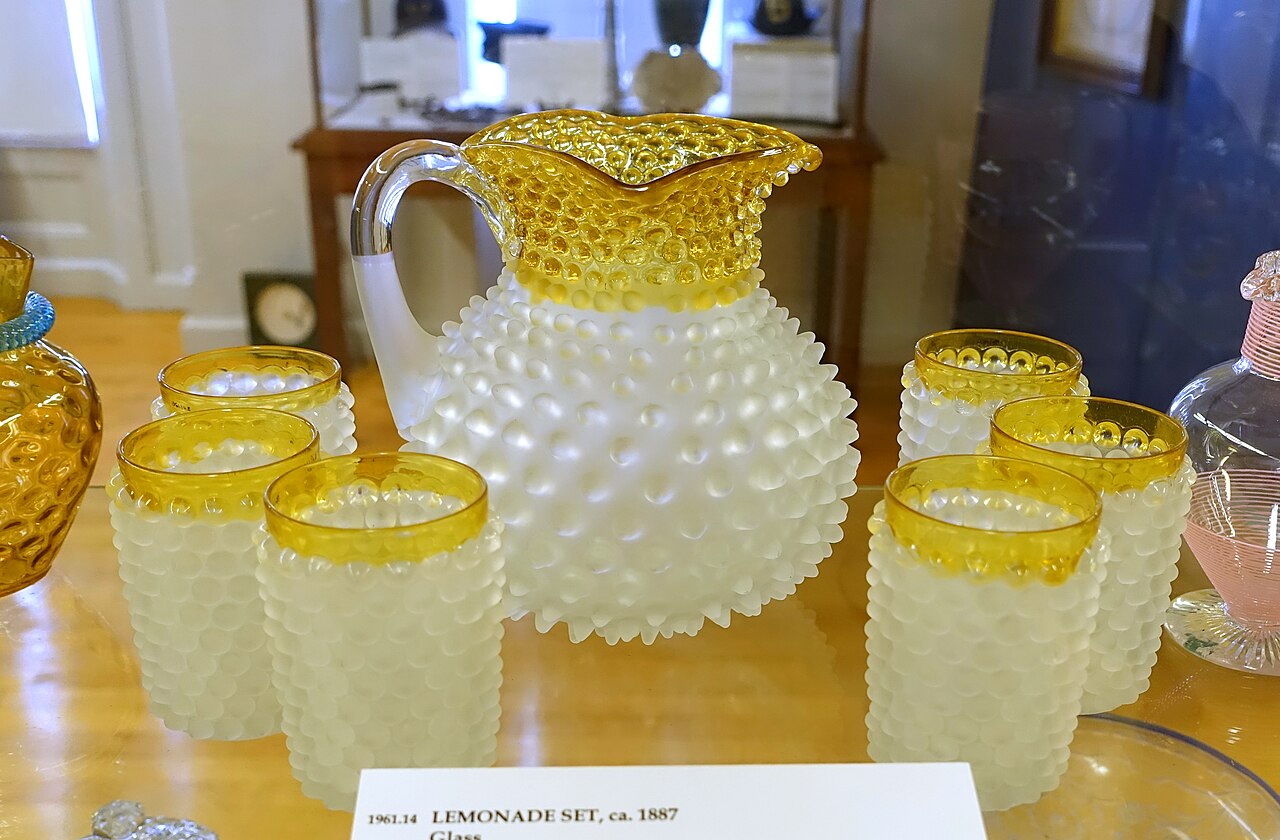
Photos online or poor lighting at markets can make a piece look larger or smaller than it is. Without checking dimensions, you might end up with something that does not fit your space or set. Size affects both display and value, so it is worth verifying before buying. Some collectors learn this lesson too late.
Always bring a small tape measure when shopping in person. Ask for height, width, and base measurements when buying online. Pay attention to how the size compares with your current pieces. A well-sized addition keeps your collection balanced and attractive.
Overcrowding Displays
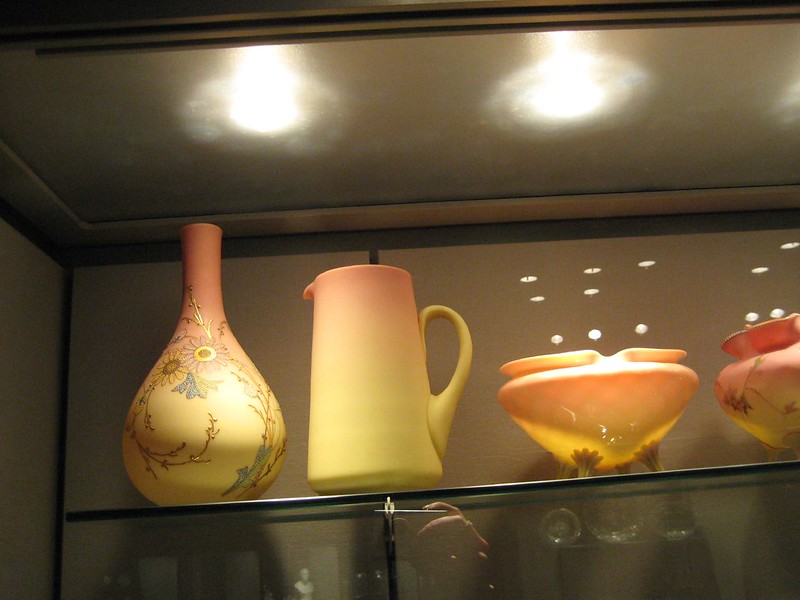
Trying to show too many pieces in one spot increases the risk of damage. Items can bump or tip over if the space is too tight. While it might seem like a good idea to showcase everything, it often leads to clutter. Less can truly feel like more in this case.
Give each item enough breathing room so its features can be seen and appreciated. Use tiered shelves or risers to add variety in height. Rotate your display every few months to refresh the look. Spacing things out helps both presentation and safety.
Overlooking Color Fading
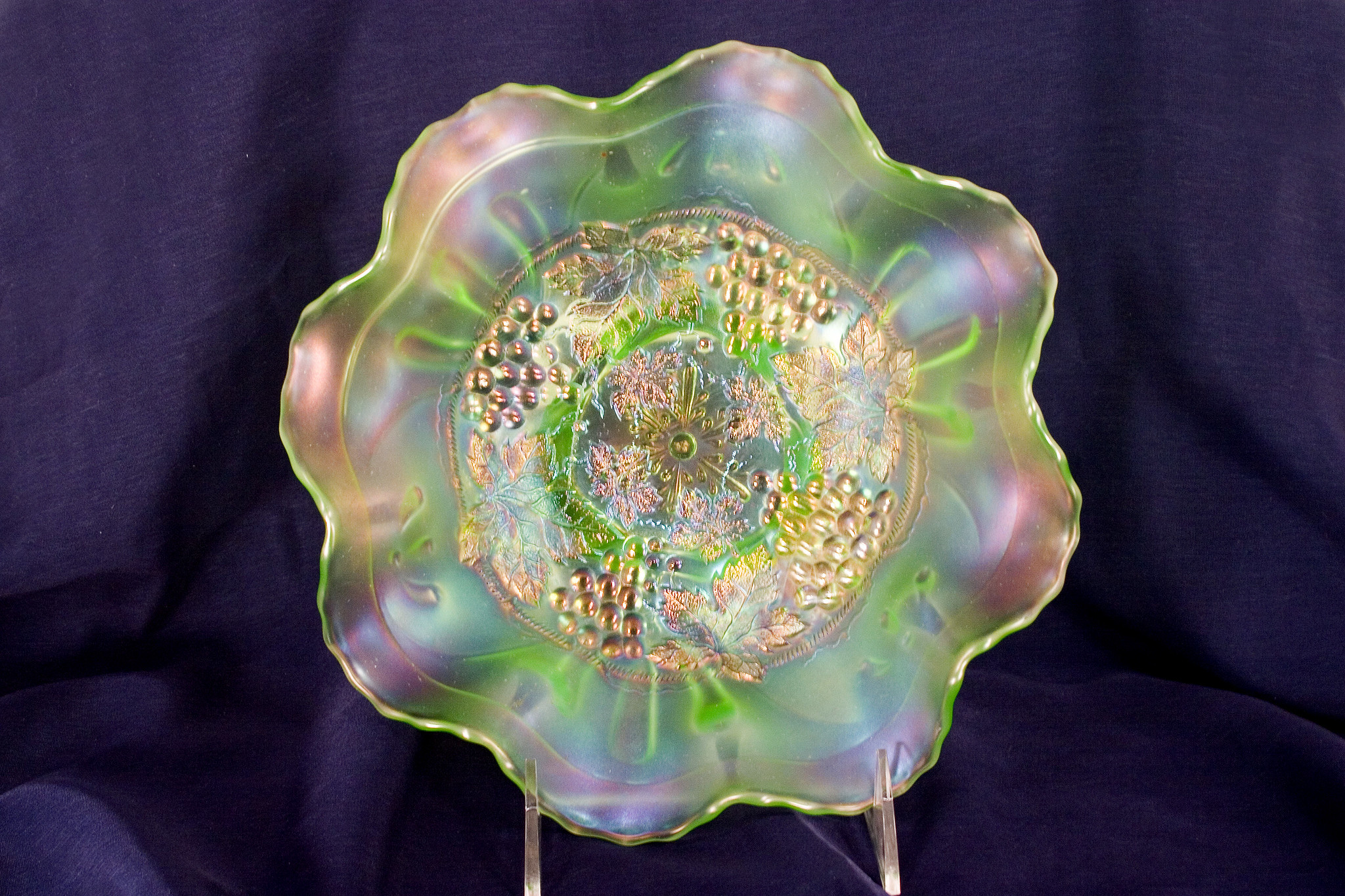
Some antique glass pieces are known for their vibrant colors, which can fade if left in strong light. Keeping them in direct sun or under harsh bulbs may lead to gradual dullness. This change is not always easy to spot until it becomes permanent. Collectors often forget how light affects old glass.
Keep displays in shaded areas or use UV-filtering film on nearby windows. Rotate pieces now and then to reduce exposure. Photograph your glassware so you can track any changes over time. Protecting the color helps preserve the appeal of your collection.
Ignoring Personal Taste
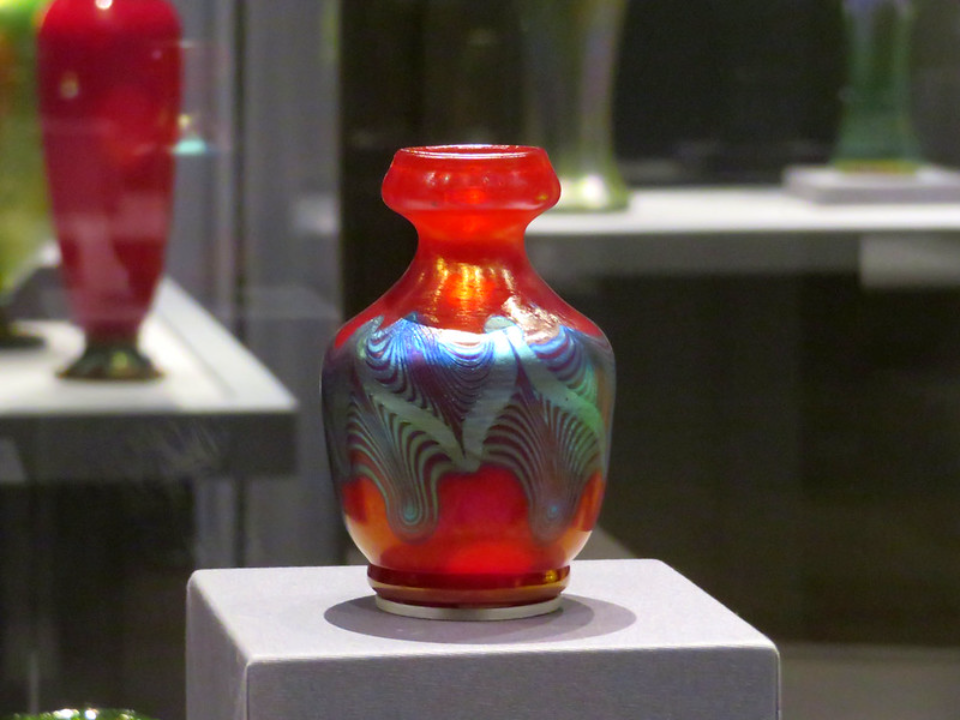
Chasing trends or popular names might seem like the best path, but it often leads to regret. Collectors who buy for status instead of interest lose enjoyment along the way. It is easy to end up with shelves full of pieces that do not feel meaningful. Personal taste should always guide your choices.
Choose pieces that reflect your style or hold a story you care about. Collections built on personal connection tend to last longer and bring more satisfaction. Trends come and go, but your taste remains steady. The best collections are built with both knowledge and feeling.
This article originally appeared on Avocadu.
